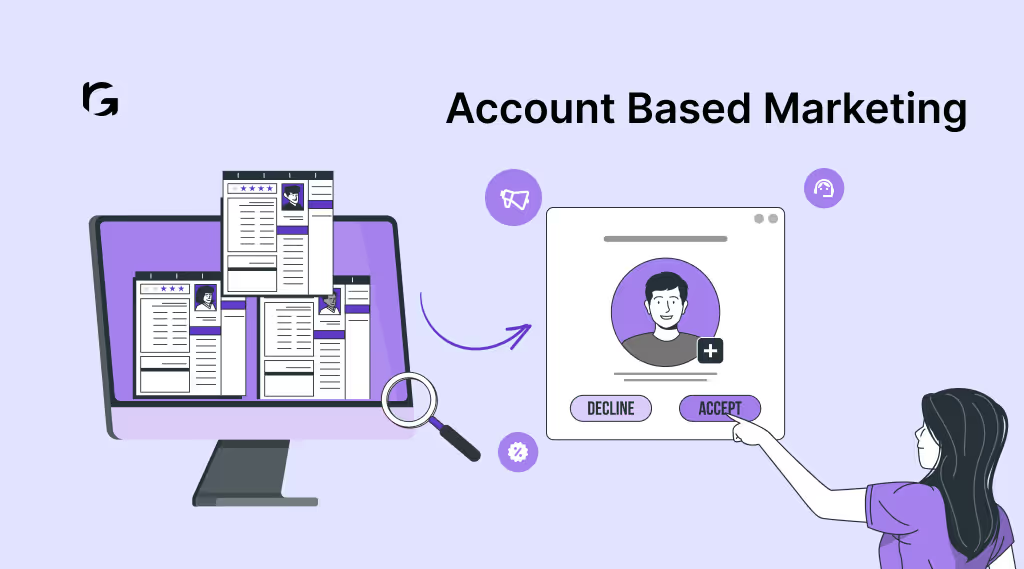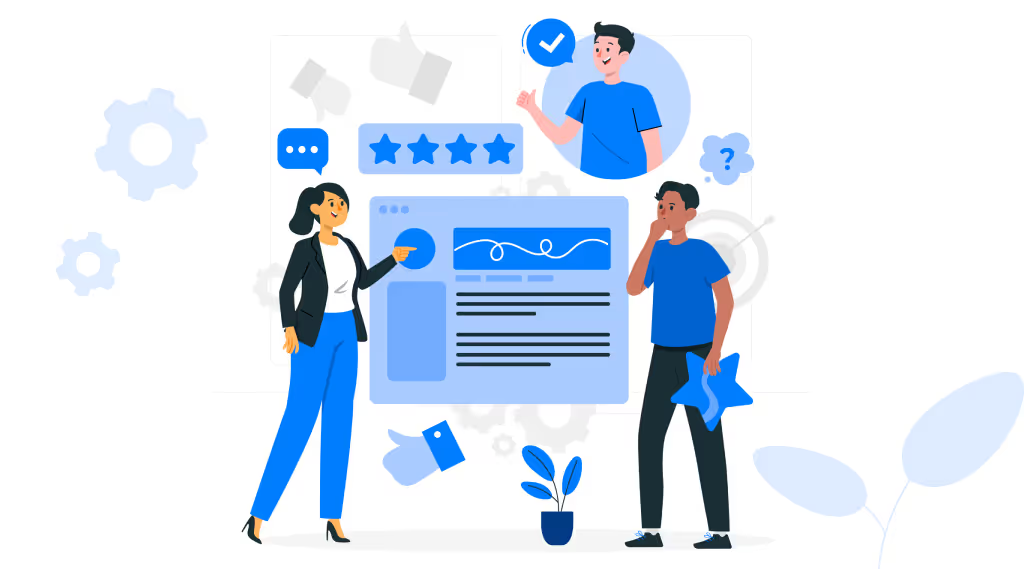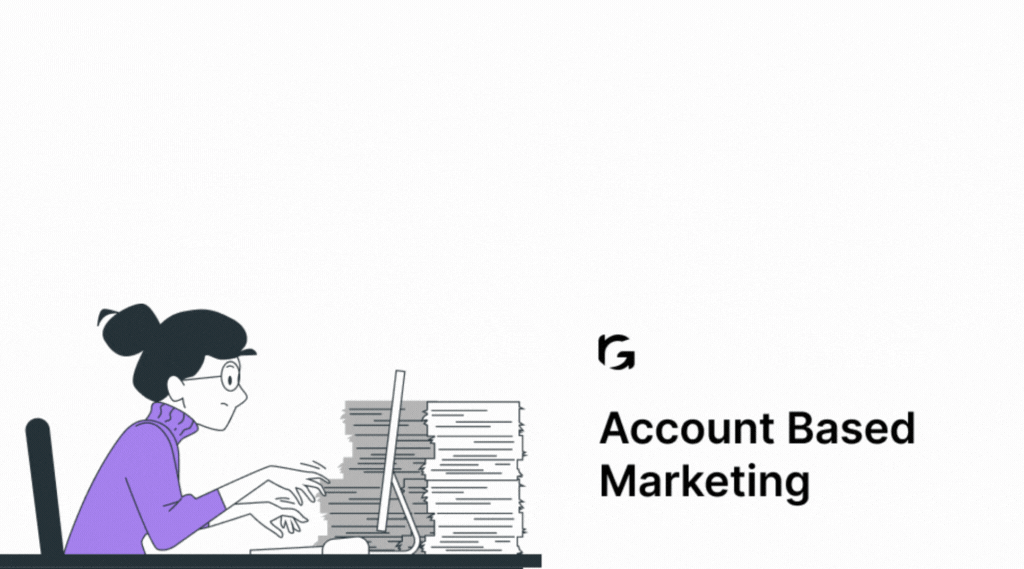Introduction
If there’s one thing I’ve learned from running ABM campaigns, it’s that there’s no universal formula—only the right approach for the right moment. Over the years, I’ve experimented, iterated, and fine-tuned ABM strategies across SaaS companies of all sizes, from scrappy startups to multi-million-dollar enterprises. Some campaigns hit the mark instantly, while others required relentless refinement. But the common thread? Success came from aligning ABM with sales, leveraging data, and staying agile.
In this guide, I’ll take you through the seven key ABM approaches, sharing real-world insights, lessons learned, and strategies that have driven tangible pipeline growth. Whether you’re looking to land high-value enterprise deals or scale outreach efficiently, there’s an ABM model that fits your needs. Let’s break them down.
7 ABM Approaches: My First-Hand Experience
When it comes to Account-Based Marketing (ABM), I’ve seen it all—wins, failures, and everything in between. Working with SaaS companies of all sizes, from early-stage startups to established enterprises, I’ve implemented multiple ABM strategies to drive revenue and pipeline growth. If you’re looking to refine your ABM approach, here’s a deep dive into the seven types of ABM I’ve worked with and what you need to know to make them successful.
1. Strategic ABM (One-to-One): The Power Play
I once worked with a $100M+ ARR SaaS company that was chasing an enterprise deal worth over $500K. We crafted a hyper-personalized ABM campaign—bespoke landing pages, direct mail with handwritten notes, and a tailored content experience that addressed the company’s unique challenges. This wasn’t just marketing; it was a high-stakes chess game. The deal closed, but it took relentless focus, collaboration with sales, and personalized content that felt like it was made just for them. If you have a handful of high-value accounts, Strategic ABM is the way to go.
2. ABM Lite (One-to-Few): Scaling Without Losing Touch
Scaling personalization is tough, but I’ve found ABM Lite to be the perfect bridge. We once targeted a cluster of 10 mid-market SaaS companies in the FinTech space. The key? We found shared pain points—compliance, security, and integration issues—and created content that spoke directly to them. We ran personalized LinkedIn Ads, hosted small roundtable webinars, and sent industry-specific reports. The result? A 35% increase in sales meetings from those targeted accounts.
3. Programmatic ABM (One-to-Many): Automation Meets Personalization
For a SaaS client targeting thousands of startups, we leveraged programmatic ABM. By using AI-driven ad targeting and intent-based signals, we personalized at scale. We dynamically changed ad creatives and email sequences based on user behavior, ensuring that even at scale, the messaging felt relevant. This is where technology makes ABM scalable without making it feel generic.
4. ABM Lite with Insight (One-to-Few with Insight): Data-Driven Personalization
Imagine combining the strategic insights of one-to-one ABM with the scalability of one-to-few. That’s what we did for a cybersecurity SaaS brand. Using deep intent data, we identified which accounts were actively searching for compliance solutions and tailored messaging accordingly. We personalized outreach based on their exact pain points, leading to a 2X conversion rate compared to traditional ABM Lite.
5. Scaled ABM (One-to-Many High Touch): Balancing Reach and Engagement
Sometimes, you want to reach a wider audience but still maintain a level of personalization. For a B2B SaaS company, we ran a multi-touch campaign that combined programmatic ads with human engagement. We targeted 500+ companies but ensured that warm leads received personal follow-ups from SDRs. This hybrid approach resulted in a 20% increase in SQLs without overwhelming our sales team.
6. Programmatic ABM Lite (Programmatic One-to-Few): The Hybrid Approach
When dealing with niche markets, I often use Programmatic ABM Lite. For a MarTech SaaS company, we targeted 50 potential enterprise customers and automated ad delivery based on their engagement. If someone visited our pricing page twice, they triggered a high-touch follow-up sequence. This mix of automation and selective personalization created an efficient pipeline without sacrificing engagement.
7. Programmatic ABM Scaled (Programmatic One-to-Many): Broad Reach, Smart Targeting
For companies needing mass exposure while still maintaining relevance, this approach is gold. I implemented this for a SaaS startup looking to dominate the market. By leveraging LinkedIn and intent data, we programmatically delivered personalized content to thousands of prospects. Though less personalized than one-to-one ABM, it ensured we stayed top-of-mind across a massive audience, driving brand awareness and demand.
Conclusion
ABM isn’t a one-size-fits-all strategy. It depends on your target accounts, resources, and growth stage. From hyper-personalized one-to-one strategies to scalable programmatic approaches, each type has its place. The key is aligning ABM with sales goals and ensuring that no matter the scale, your messaging feels relevant and valuable.
What’s been your experience with ABM? I’d love to hear your thoughts and how you’ve implemented these approaches in your own business. Contact us now to take the next step in redefining your SaaS marketing success.



.svg)




.webp)